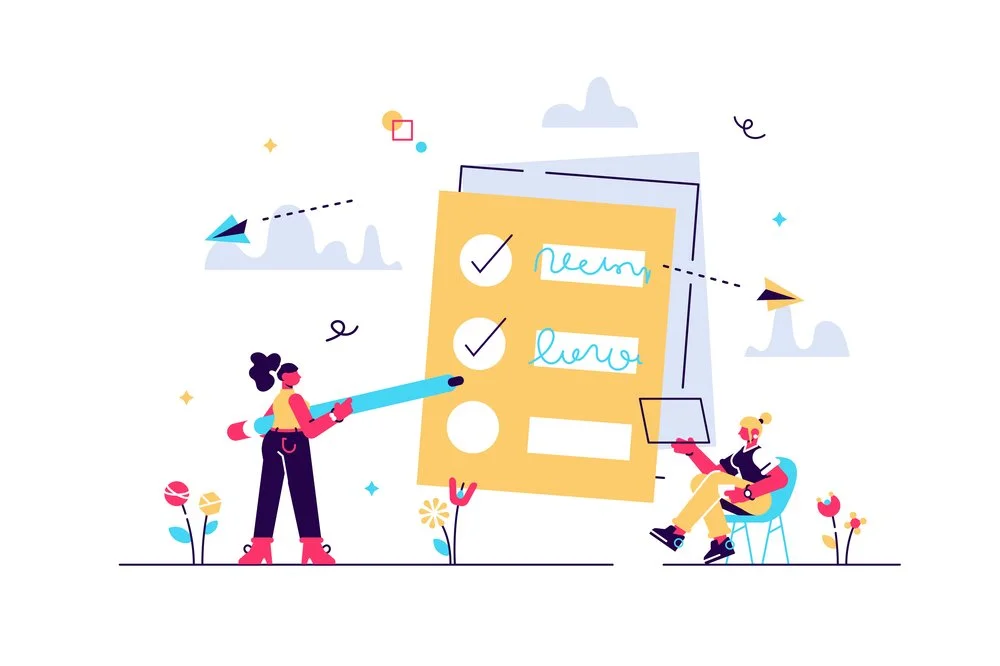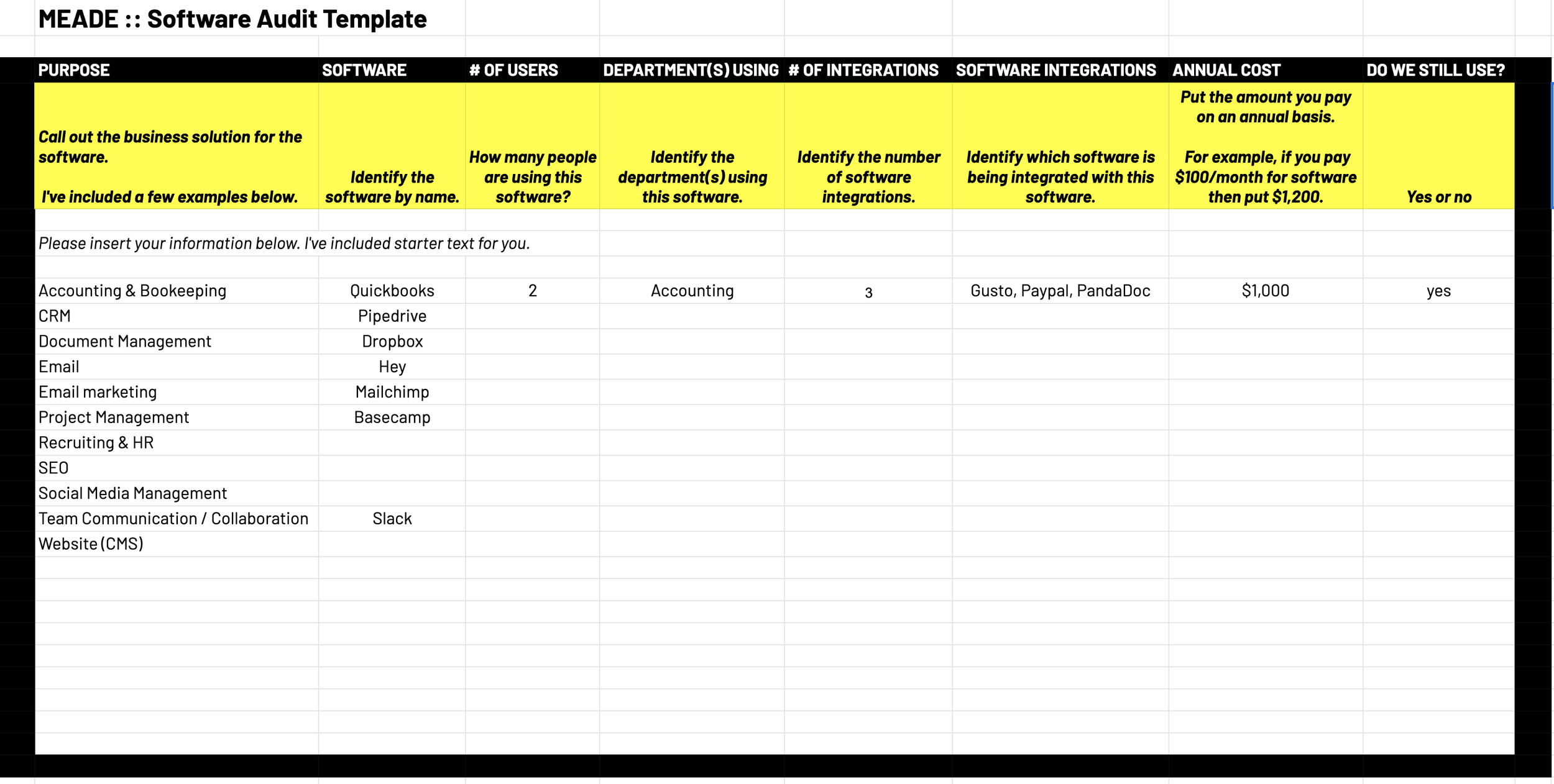A Checklist for Conducting a Software Audit
Want your agency to remain competitive? Then it is crucial to have the most effective software tools (AKA tech stack)—even if you don’t consider yourself a “digital” agency. Conducting a software audit will help you identify any software overlap or gaps to better manage technology costs. This can be a tedious process if handled incorrectly; but with the checklist below, conducting a successful audit becomes much more manageable.
When Should You Conduct a Software Audit?
A software audit should be conducted once a year. The purpose is simple: to determine whether the software you are using is still relevant to your agency's goals. To incorporate a software audit into your workflow, consider covering it during your annual agency review. You are conducting annual reviews, right? When conducting your software audit, you should seek out input from employees to confirm their usage of current software. In some instances, you may have purchased software for a client project and simply forgot to shut off the subscription after the work was completed.
Beware of shiny object syndrome during a software audit. Your team will feel like this is a golden opportunity to highlight new software the agency should embrace. This is certainly valuable input, as oftentimes, your employees are a lot closer to the problem they are trying to solve. However, ensure that all decisions regarding software are grounded in the needs of the business. There is no reason to purchase multiple tools that all accomplish the same task.
Software Audit Checklist
When auditing your software, it is important to consider all the tools your business needs to run effectively. You will include all software in this checklist—from your CRM to your accounting and bookkeeping software.
>>> CLICK HERE TO ACCESS THE TEMPLATE
This is a link to a Google Sheet that you can take, tweak, and make your own. Click File > Make A Copy to save it for yourself.
The spreadsheet allows you to take a granular look at what software your organization is really using. Take notice of any categories where multiple tools are being used, and identify the reason why these tools are being used. It could be due to employee turnover, newer software being implemented, or maybe a lack of training on the software.
Key Takeaway
Once you populate the template with your own information, you can really begin to pinpoint the redundancies or gaps where you may need to identify new solutions. The goal of the software audit is to discover ways to:
Save money on software
Save time
Create a single source-of-truth for data
One glaring omission in this article is that I haven't touched on the importance of conducting a software audit to maintain data security for you and your clients. I've been talking with a few folks about cybersecurity and how it relates to our industry. I look forward to sharing more about that in a future piece—so stay tuned.


